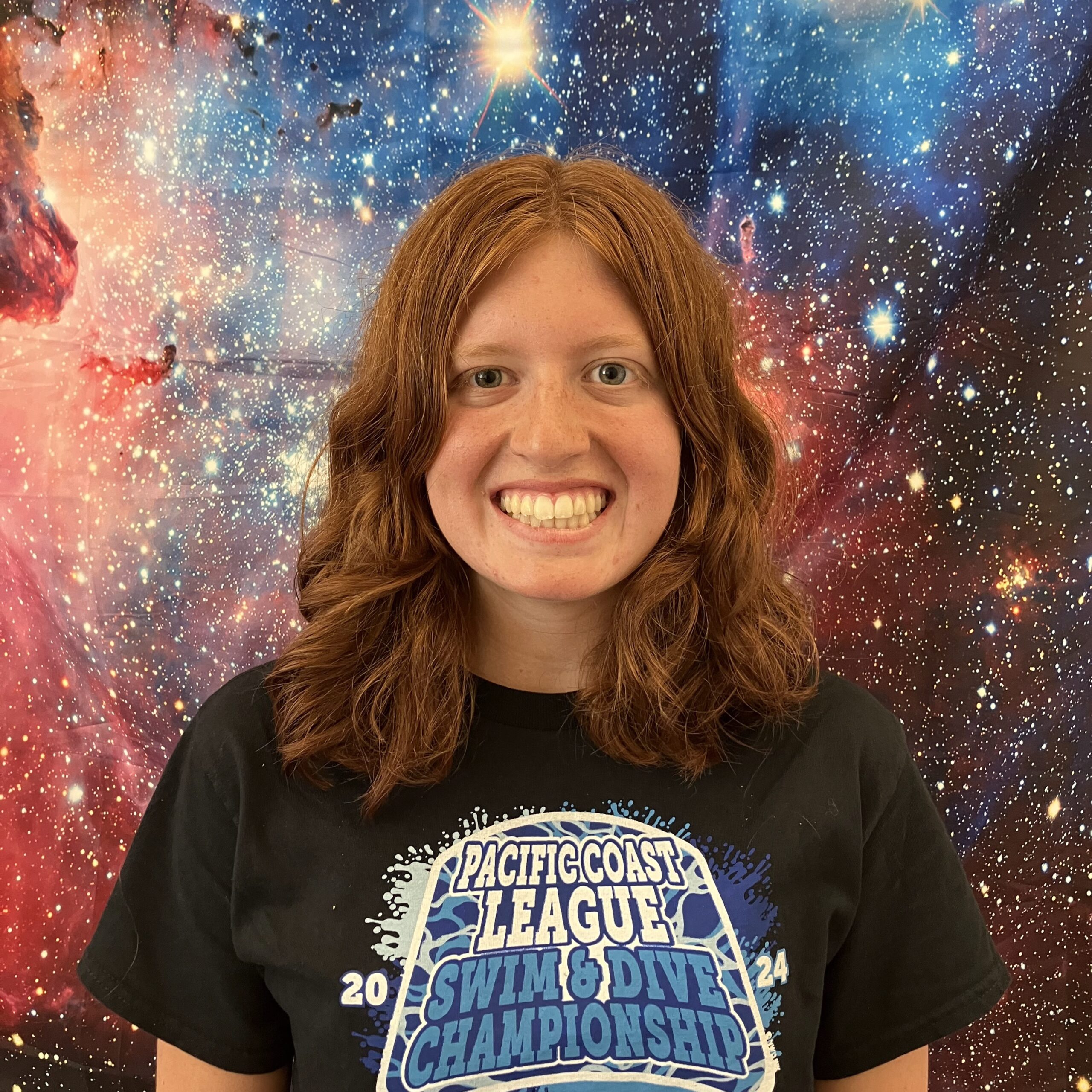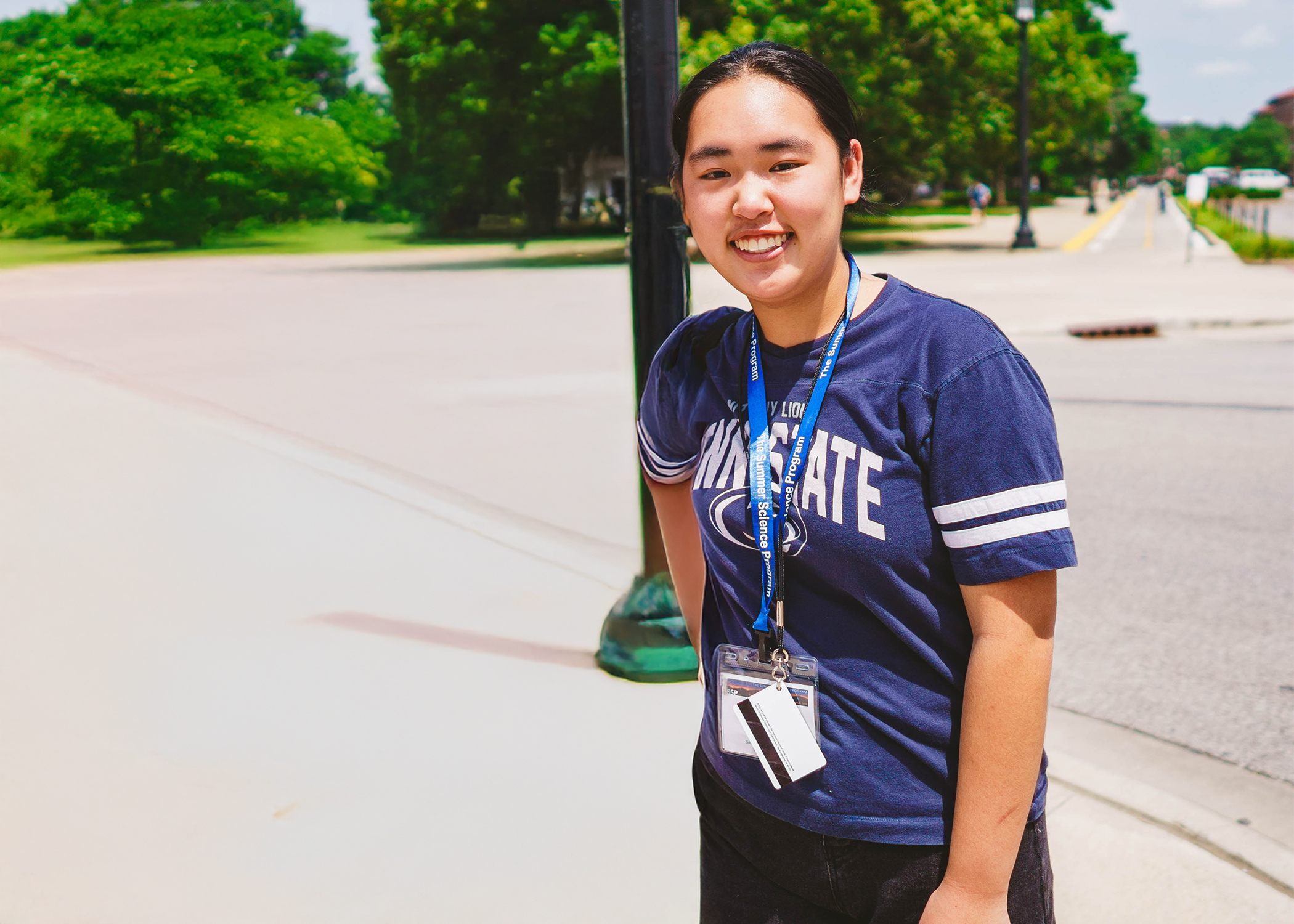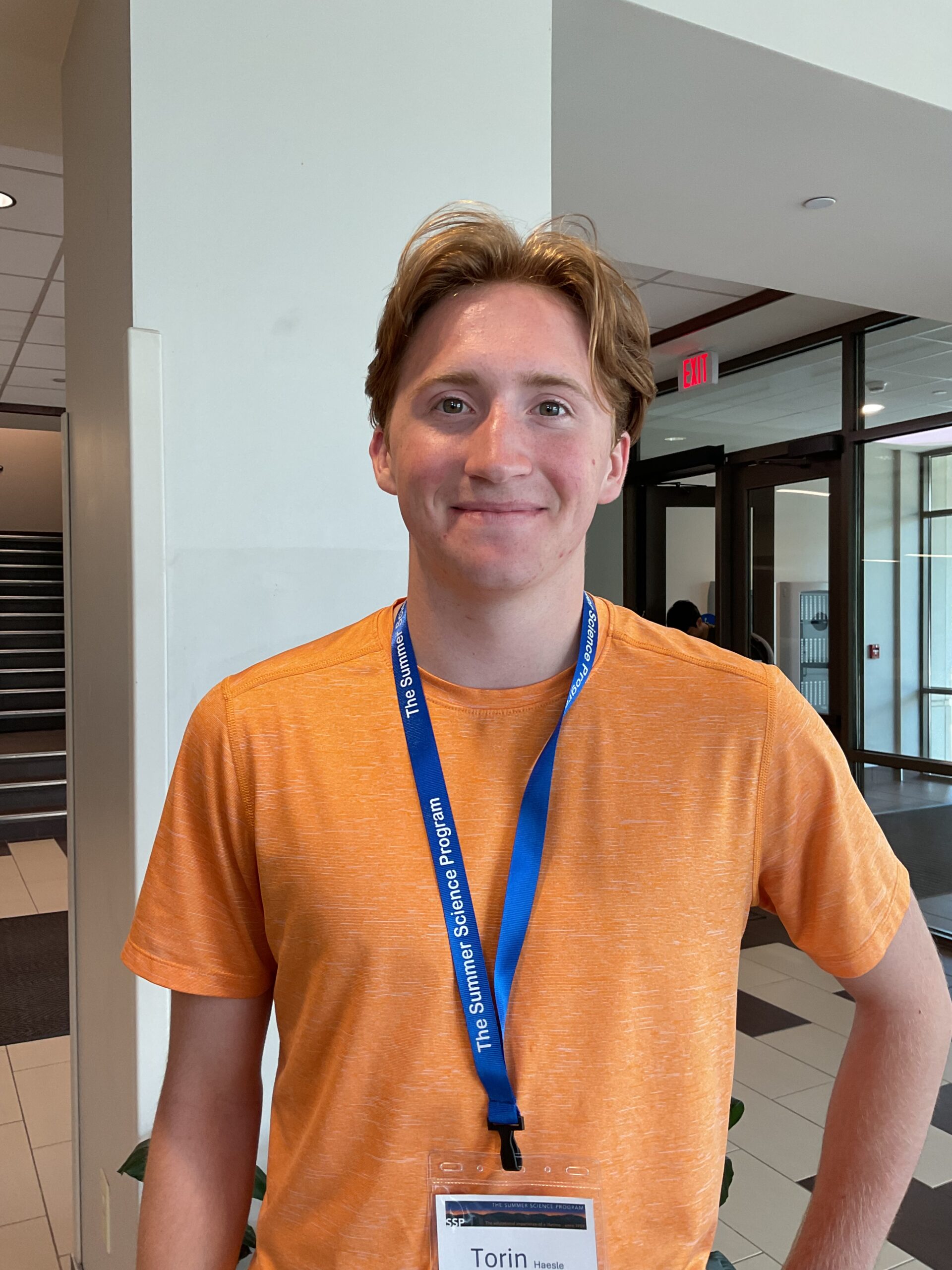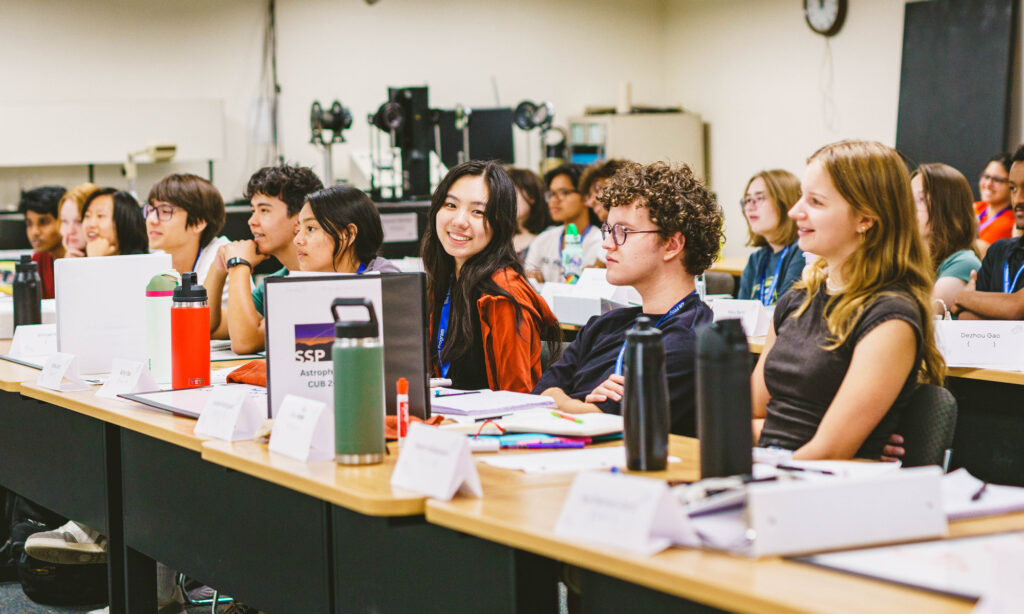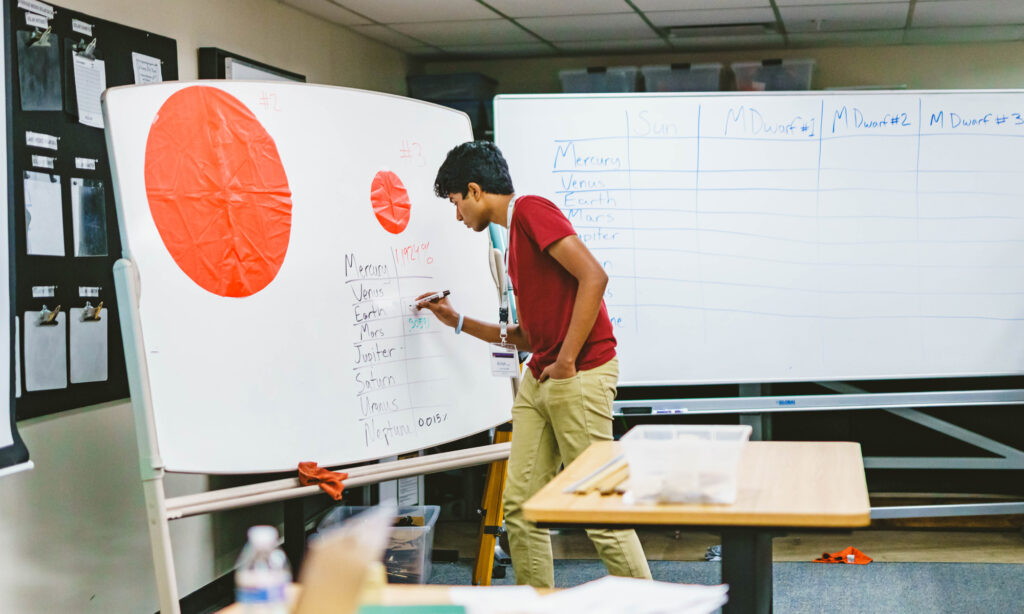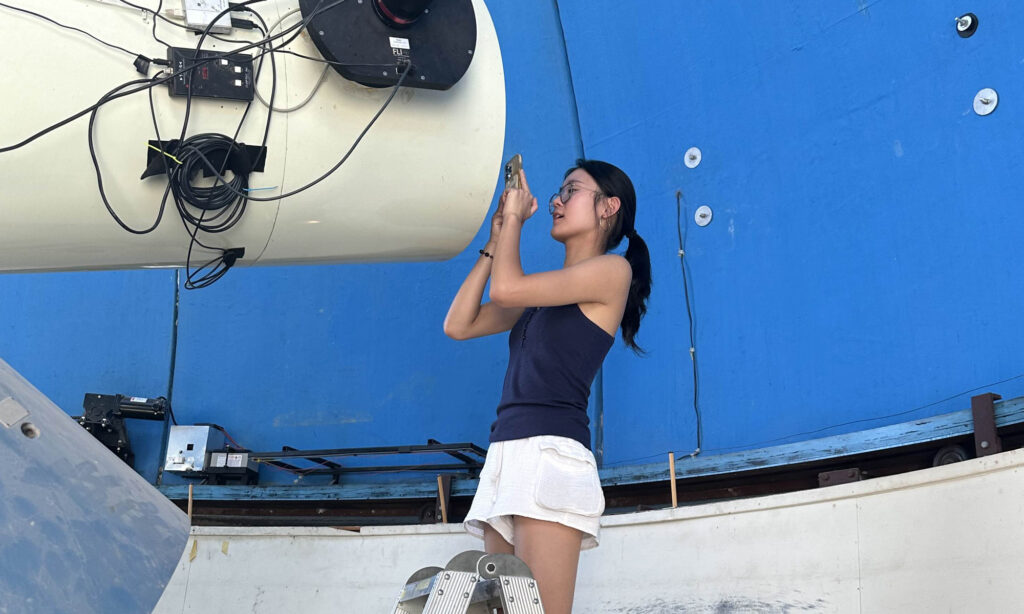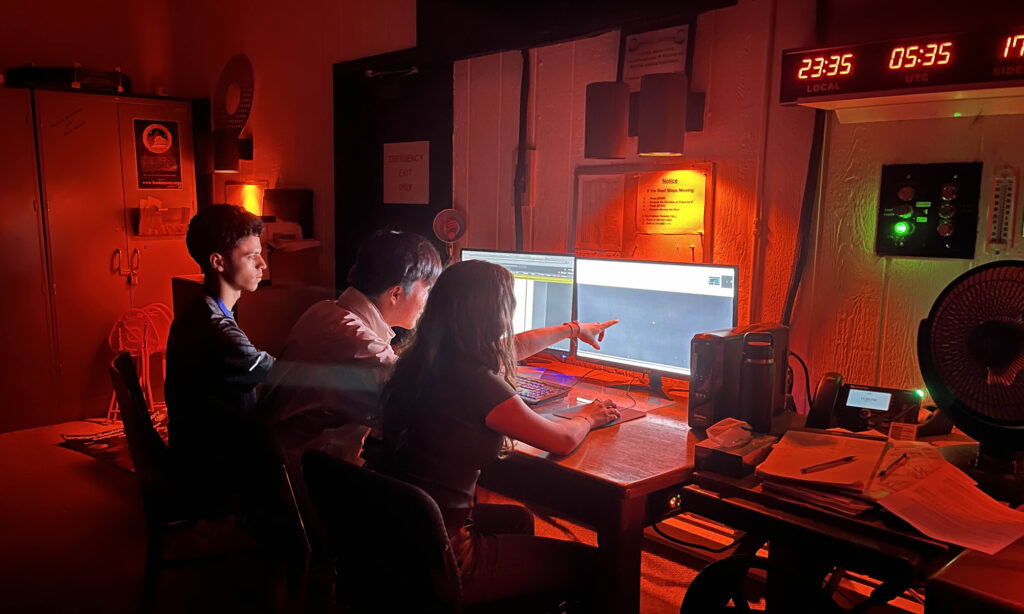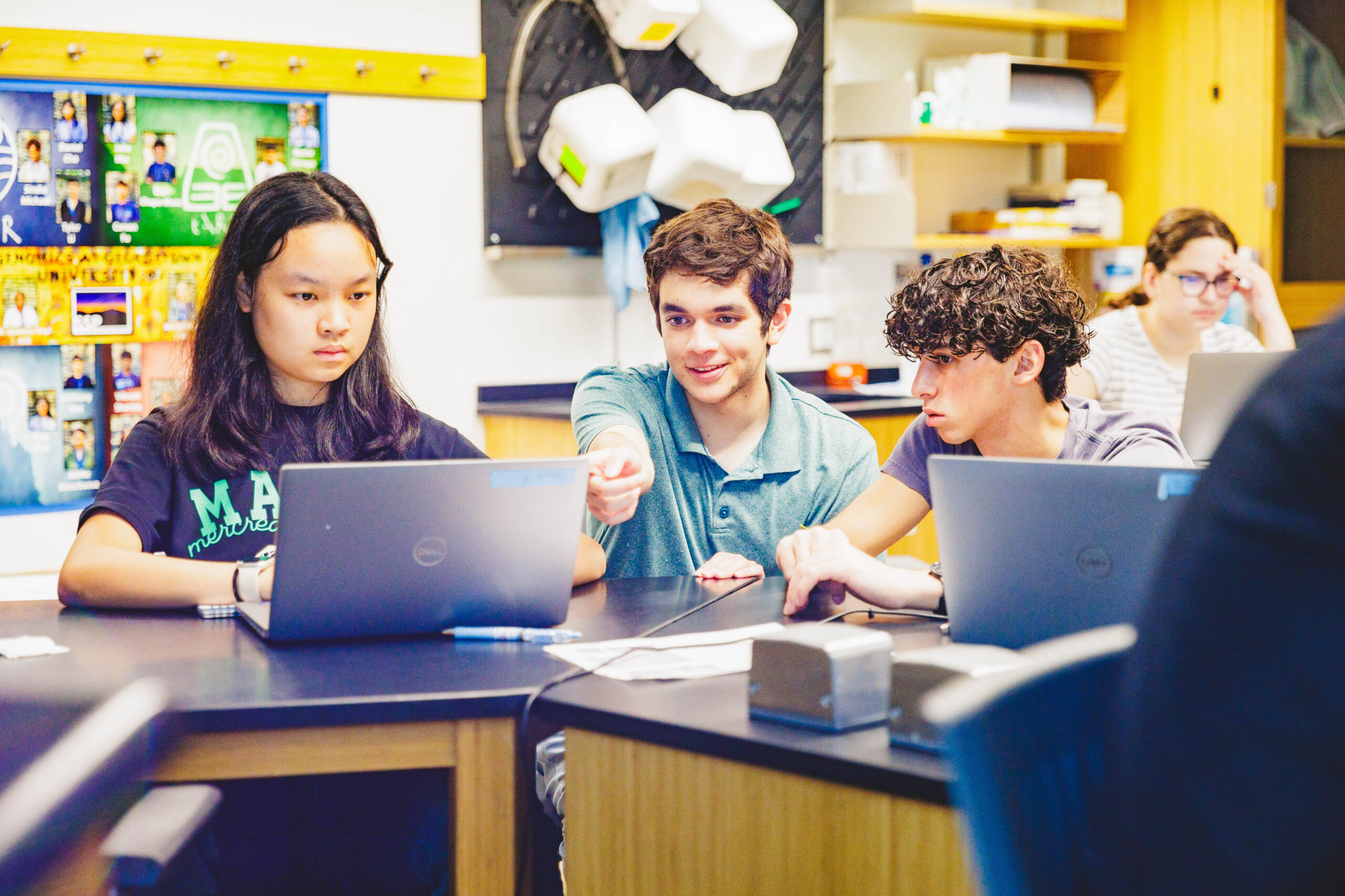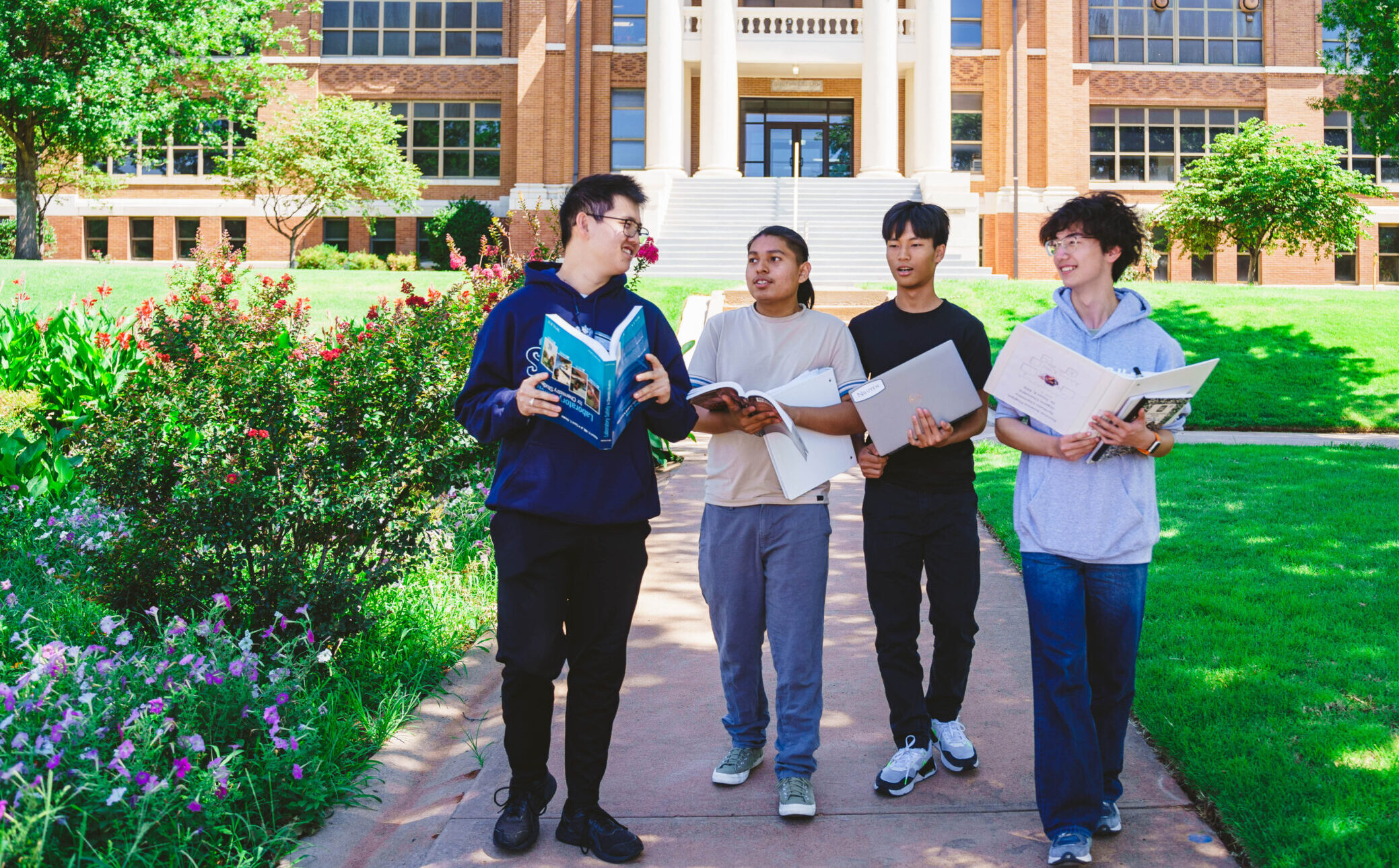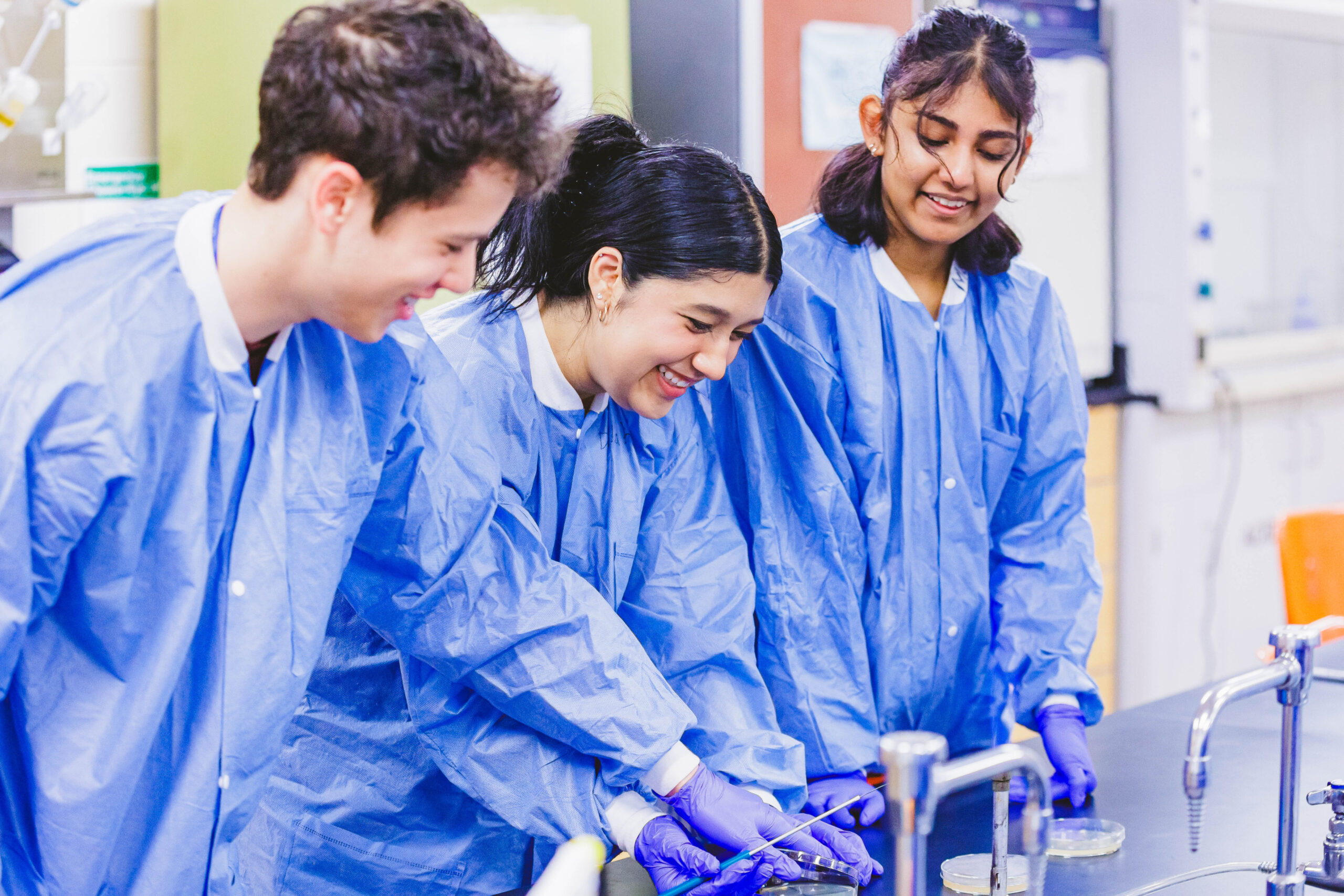
Astrophysics
Become an astronomer and explore the celestial bodies across our starry cosmos.
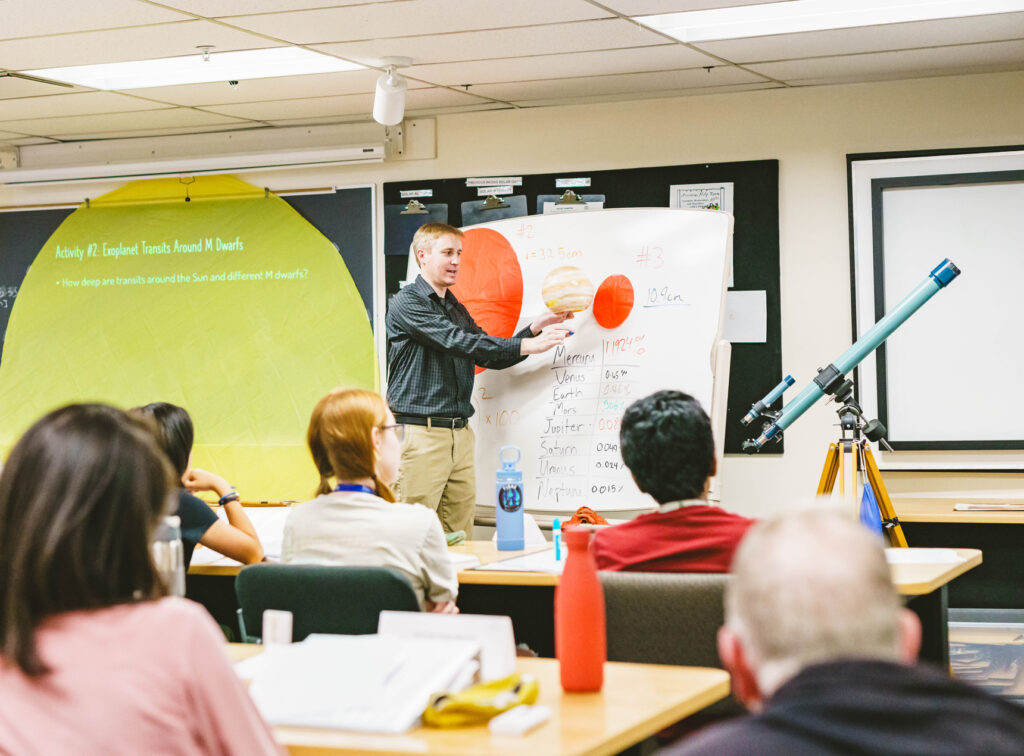
About the Program
Participants in the Summer Science Program in Astrophysics engage in space exploration, studying celestial bodies such as near-Earth asteroids using astrophysics, calculus, and scientific programming.
The Astrophysics program allows participants to develop research and critical observation skills with real-world applications, learn how to use powerful astronomy technology such as telescopes, and meet renowned astrophysicists and planetary scientists.
Key Dates and Deadlines
-
December 12th, 2024
Applications Open -
January 24th, 2025
Deadline for international applications -
February 21st, 2025
Deadline for domestic applications -
Mid-April 2025
Admissions decisions released -
June 2025
Programs begin mid-late June
Is the Summer Science Program in Astrophysics Right for You?
Applications are open each winter to current high school juniors who have completed or are in the process of completing any level of high school physics AND precalculus by June for credit and a grade.
If your school does not offer physics, you can still apply if you have completed or are in the process of completing calculus by June for credit and a grade. We do NOT require AP or advanced-level classes. Self-study does not qualify.
Applicants must be at least 15 years old but not yet 19 during program operation. Current freshmen, sophomores, and seniors are not eligible.
Program Dates & Campuses
-
Georgia College & State Univ.
June 8 – July 13 -
New Mexico State Univ.
June 15 – July 20 -
UNC Chapel Hill
June 15 – July 20 -
Univ. of Colorado Boulder
June 22 – July 27 -
Colby College
June 22 – July 27 -
Knox College
June 29 – August 3
2025 Research Project: Asteroid Orbit Determination
Near-earth asteroids, also known as “minor planets,” orbit the sun at roughly the same distance as Earth. Collisions with them are catastrophic – just ask the dinosaurs – so predicting their future position is pivotal to ensuring that we detect any asteroids which may cross our path.
In the “Asteroid Orbit Determination” research project, you will learn how to locate, study, and calculate the orbital position of these near-earth asteroids. By the end of the program, your calculations will be used by the NASA-funded Minor Planet Center of the International Astronomical Union to improve its predictions of the near-Earth asteroids you studied.
Preview the Experience
On the first day, you will learn how to read celestial coordinates and interpret an ephemeris, a table of calculated positions of celestial bodies, to select a near-Earth asteroid to study. You will then form a group of three to write an “observing proposal” similar to what an astronomer would submit to an observatory. Later that week, you and your group will learn to use one of our on-campus observatories and begin taking nighttime observations of your near-Earth asteroid with a telescope.
After each observation run, your team will locate the asteroid’s faint dot among the background stars (not always easy to do) and then precisely measure its position relative to surrounding stars. Once you have at least three or four observations taken on different nights, you will write software in Python, a programming language, to calculate the asteroid’s position and velocity vectors. Finally, using orbital physics and calculus, you will estimate the six orbital elements that characterize the asteroid’s path around the Sun.
You will perform every step with your team: choosing your asteroid, operating the telescope, taking images, reducing the data, and calculating the orbit. You will also have a chance to use astronomical programming tools like Matplotlib, a plotting library used to visualize data in Python, to animate simulations of your asteroid orbiting the sun and determine its eventual fate! By the end of the program, you will be contributing real scientific data to the Minor Planet Center, the worldwide organization responsible for tracking asteroids and other solar system bodies. Your work will help scientists better predict your asteroid’s future path. Topics covered typically include:
- Astronomy: celestial coordinates, digital observational techniques, astrometry, and brief introductions to planetary science and cosmology
- Physics: gravitation and celestial mechanics and brief introductions to the electromagnetic spectrum, relativity, and quantum mechanics
- Mathematics: coordinate transformations, statistics, differential and integral vector calculus, numerical methods, and differential equations
- Scientific Programming: Learning how to code in Python using modern astronomical tools and libraries, including JupyterLab, Matplotlib, and Astropy
Read Our Blog
Learn about the day-to-day experiences of the Summer Science Program in Astrophysics, get to know notable Astrophysics alumni who now lead impactful careers, and stay updated on any major announcements through our blogs below.
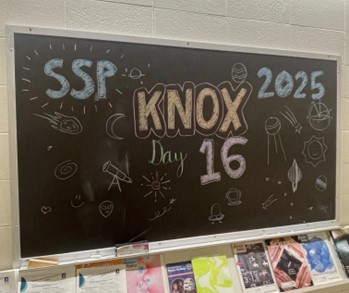
Knox Astro Blog – Day 16
July 17, 2025
It’s hard to believe we’re only halfway through the program–time truly does fly when you’re having fun. It feels as if I’ve known the people here for years, and despite the challenging workload and late nights spent collaborating on PSETs, I wouldn’t trade this experience for anything. I’ve struggled, laughed, stressed, and experienced every emotion […]
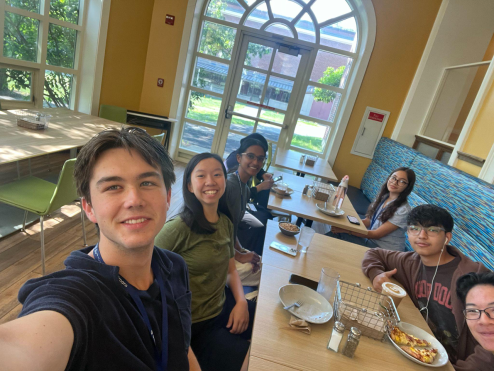
Colby Astro Blog – Day 23
July 17, 2025
Today began like most other days, waking up at 7:30, taking a shower then walking to the infamous Dana dining hall. At the dining hall, I was greeted by the monstrosity, which is breakfast pizza. After breakfast, we made a speedy walk to the Keyes building for our first lecture of the day. Having completed […]
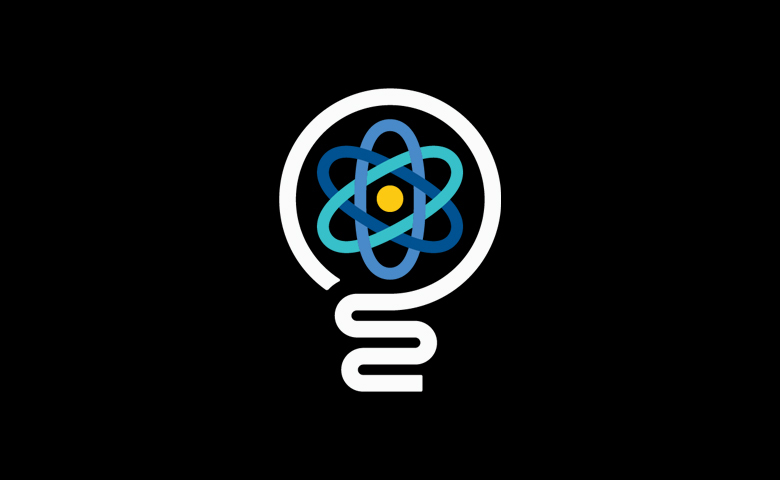
UNC Astro Blog – Day 29
July 15, 2025
Today marks a crunch point in the SSP Astrophysics projects at UNC, and it appears the weather today knew this as well… My name is Brandon. I’m a student from the Big Island, Hawaii, and have come to SSP for a new challenge in my life—today was a great example of said challenges. The day […]
